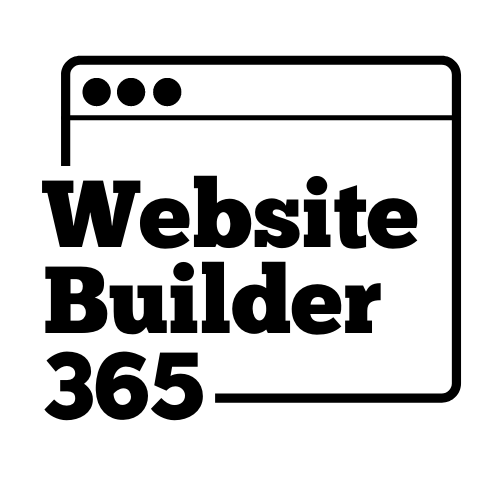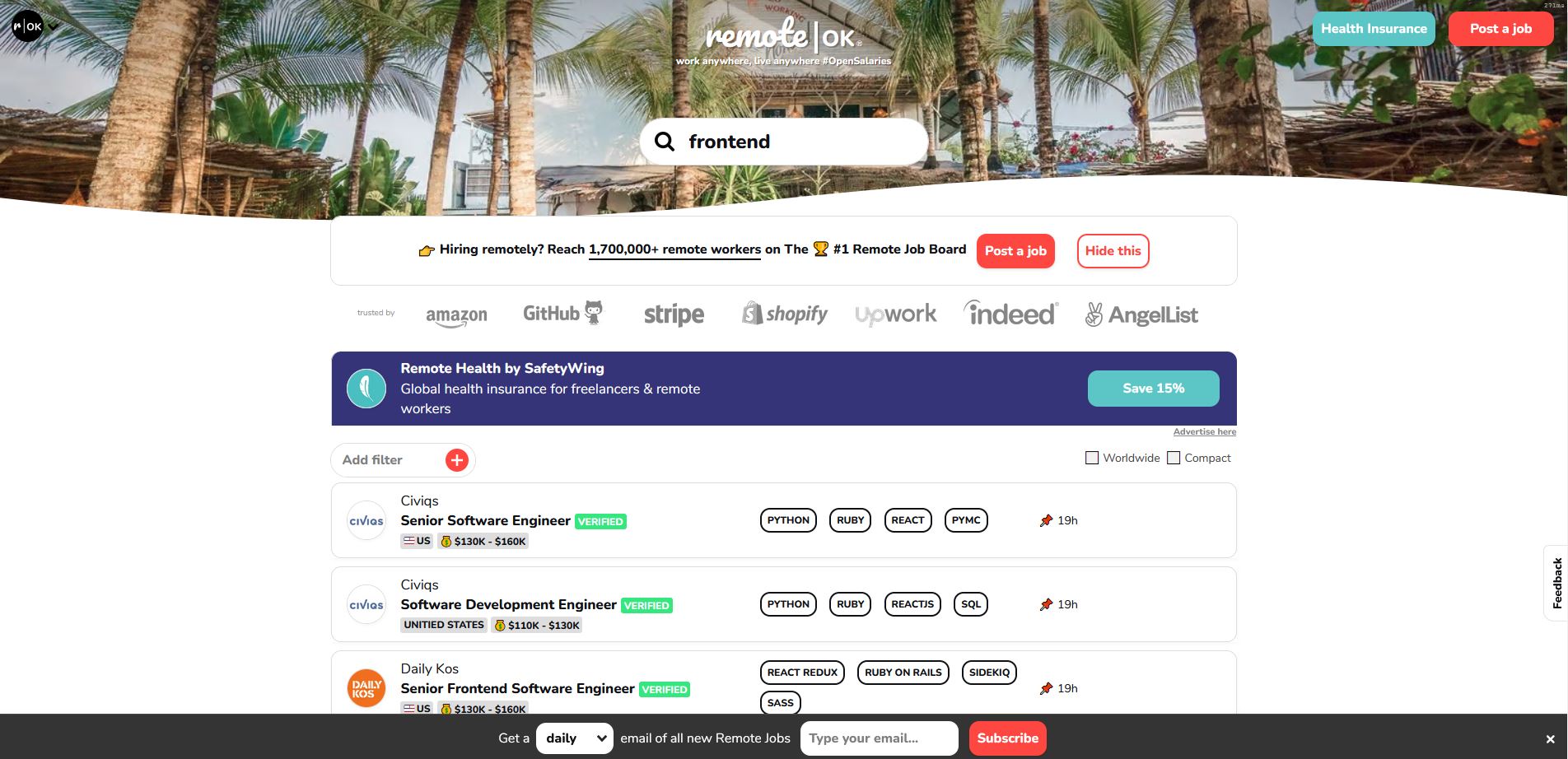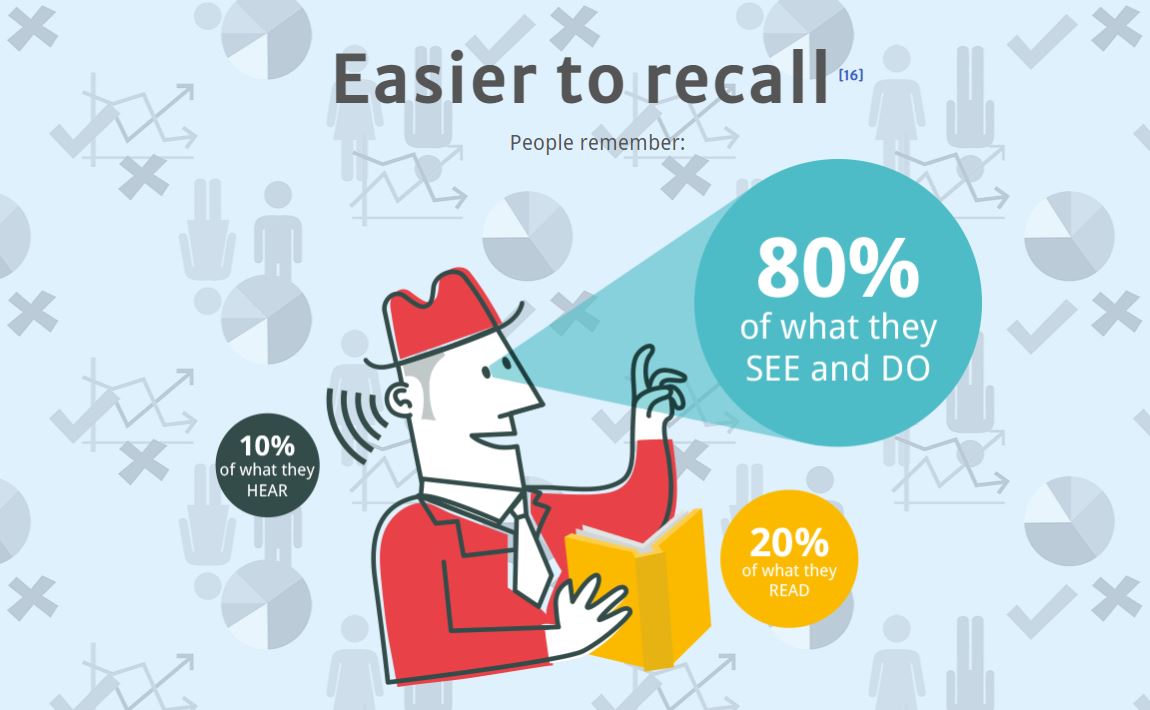How Can I Effectively Promote My Website? (For FREE!)
You might think, wouldn’t you need to spend a bunch of money for marketing your website? The answer is not necessarily. In this digital age, there are various ways for you to effectively promote your website. And for some methods, you might not even need to spend an extra penny on it.
6 Ways to Promote Your Website For Free
Write more. Blog more.
Blogging, or essentially creating more content, is a great way to get your website and business known. The formula is simple: the more you create, the more you can share, the more people you can reach, the more you can convert them into leads.
But be aware, quantity isn’t everything. You need quality to go along with the numbers. You need research and planning for better and more relevant content to attract the interest of your readers.
Say if you’re an advertising agency, don’t produce content that is irrelevant to your business, like recipes for making the best tacos. Whatever content you produce, it should help to promote your main business. These contents should help to showcase your expertise, to convince your readers to trust and do business with you.
If people find your content interesting and engaging, they are likely to save it or even share it with their contacts. This is an effective way to expand your reach, without having to do it yourself. People are also likely to trust things that are being shared by people that they know.
Don’t just stay on your website, go blog somewhere else!
You are essentially writing on someone else’s website, putting your name out there, and potentially bringing them to your website. Perhaps the most famous model is the “Forbes Model”—which works much like a publishing platform for thousands of independent contributors.
Just look at the byline section, notice how many contents were written by contributors. This is a win-win situation for both Forbes and these contributors. Forbes can easily gain readerships, contributors can tap into Forbes brand power and its massive and diverse audience base.
While I can’t guarantee that this will directly translate to conversions, the key here is to expand your reach. You are less likely to beat Forbes’s readership, so why not join them and make use of it? This works the same with all other blogs and websites.
Establish your audience base using email marketing
Whether it’s directing email marketing or newsletter subscriptions, these are marketing efforts that focus on collecting visitors’ information and turning them into potential leads. In marketing terms, this is called lead generation.
What you need to do is give incentive, persuading people to willingly leave their contact information (typically their email address and their name) knowing that they will get something valuable in return.
The benefit of using email marketing is that (1) you are establishing your audience group. (2) The chance of people coming across your content is higher on email, as compared to direct access to your website.
Popular remote work job board RemoteOK’s newsletter signup form is extremely simple (just one field) and unobtrusive (notification bar at the bottom). What’s interesting about this signup form? It allows visitors to decide on how often they wish to receive the emails. They even have a dedicated signup form for each job category.
Create shareable infographics
A 20-page report versus a colorful infographic with interesting data visualizations, which one are you likely going to remember? For the majority of the people, the answer will be anything with some kind of visualization. Check out this interesting web page on “Why your Brain Craves Infographics” by NeoNam Studios.
We now live in the age of social media, the ultimate visual sharing medium, particularly with Instagram and Pinterest. Get your visual content on these platforms, get people’s attention and interest. If it catches people’s eyes, just one simple Share button can potentially get your content hundreds of reaches!
Remember to optimize for search engines
SEO refers to tweaking your content and fixing your website structure to satisfy search engine requirements, hence achieving a higher score and ranking higher on search engine results pages (SERPs).
There are different ways to achieve this. Targeting keywords people are using when doing their searches, making sure all your web pages are accessible, reducing your website loading speed, etc.
Ultimately, it’s all about increasing the user experience of your website. If people aren’t satisfied when browsing your website, how can you convince them to spend money on your business?
Study shows that adults on average are spending more time every day on social media. The jump is massive, from 90 minutes in 2012, 126 minutes in 2016, to over 3 hours daily in 2020! If you have yet started using social media for your business, you should do it now.
Some may argue that people are still spending more time on the internet than social media platforms. While that is also true, what social media excels in and the website doesn’t is engagement.
Post new content consistently, interact with followers, run campaigns like giveaways and contests. Basically, stay active on social media. Whether it’s a simple like on Facebook, a retweet on Twitter, or a comment on Instagram, these are all acts of engagement. It shows whether people are interested in your brand, and if they become your customers and support your business.
Marketing is not always about spending tons of money. But it’s definitely about spending time and effort to optimize your content, your website, and utilize every available platform to maximize your website’s reach.
Here’s a quick summary of the most effective ways to promote your website without spending extra.
- Blogging / Create content — show your expertise, establish a voice and gain credibility
- Guest Blogging — tap into other’s audience base to attract new potential customers
- Email Marketing — building a mailing list by providing something valuable, and keeping them regularly updated
- Infographics – highly shareable content to expand your content reach
- SEO — increase your website’s visibility by obtaining a higher search ranking
- Social Media — engaging with users to increase their interest in your brand
It doesn’t matter which method you choose, discovering the “right one” based on your capability and goal is what you should be focusing on. Spend some time, do some research, look at the resources you have, and do some experiments. Hopefully, you will be able to find something that works for your website!
Don’t have a website? No worries, it’s never too late to start building one now. Depending on your budget, skills, and your goal, you will end up either using a CMS like WordPress or a website builder like Website.com.
Feel free to check out this article if you don’t know which website building solution is better for you!




Focus on social media